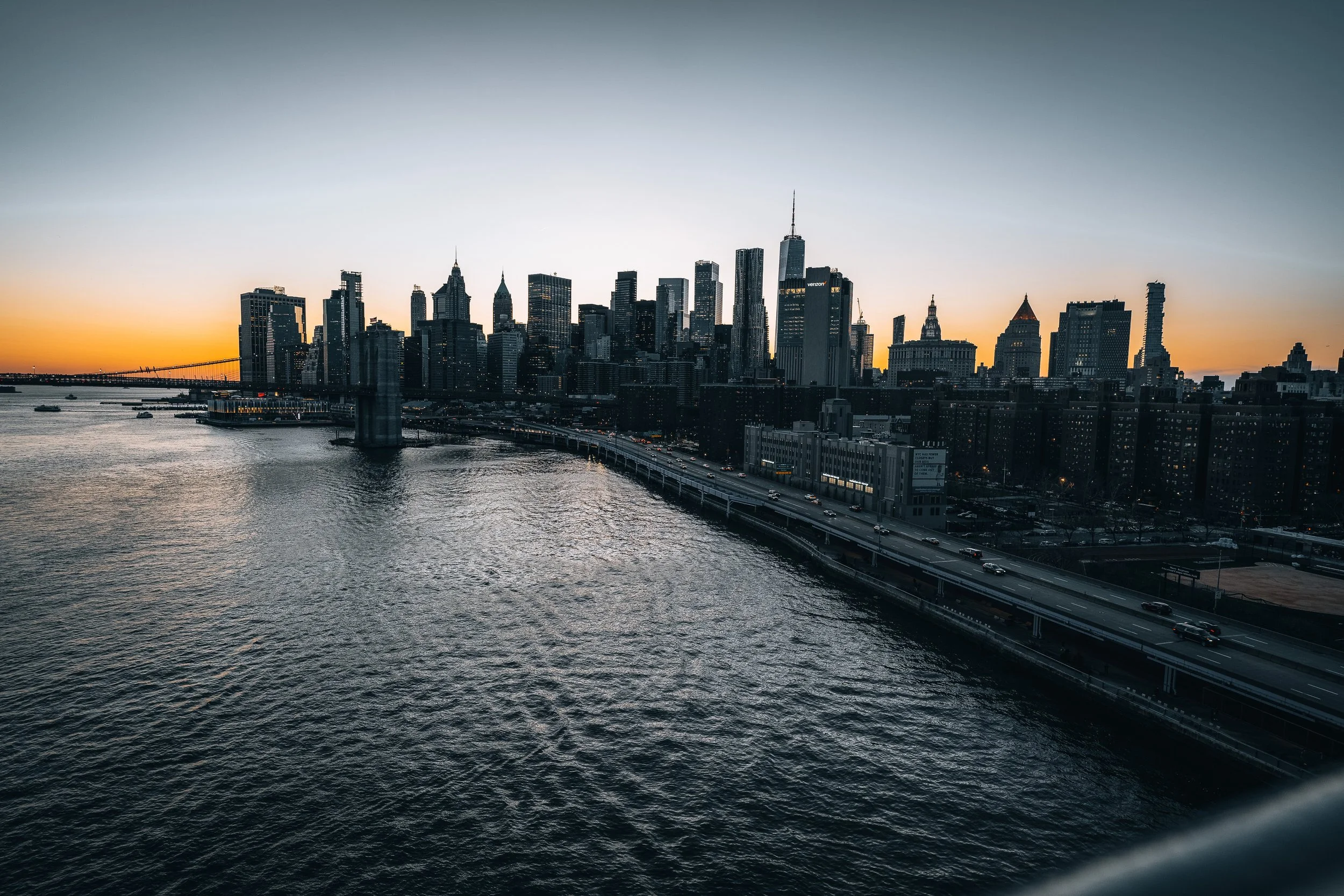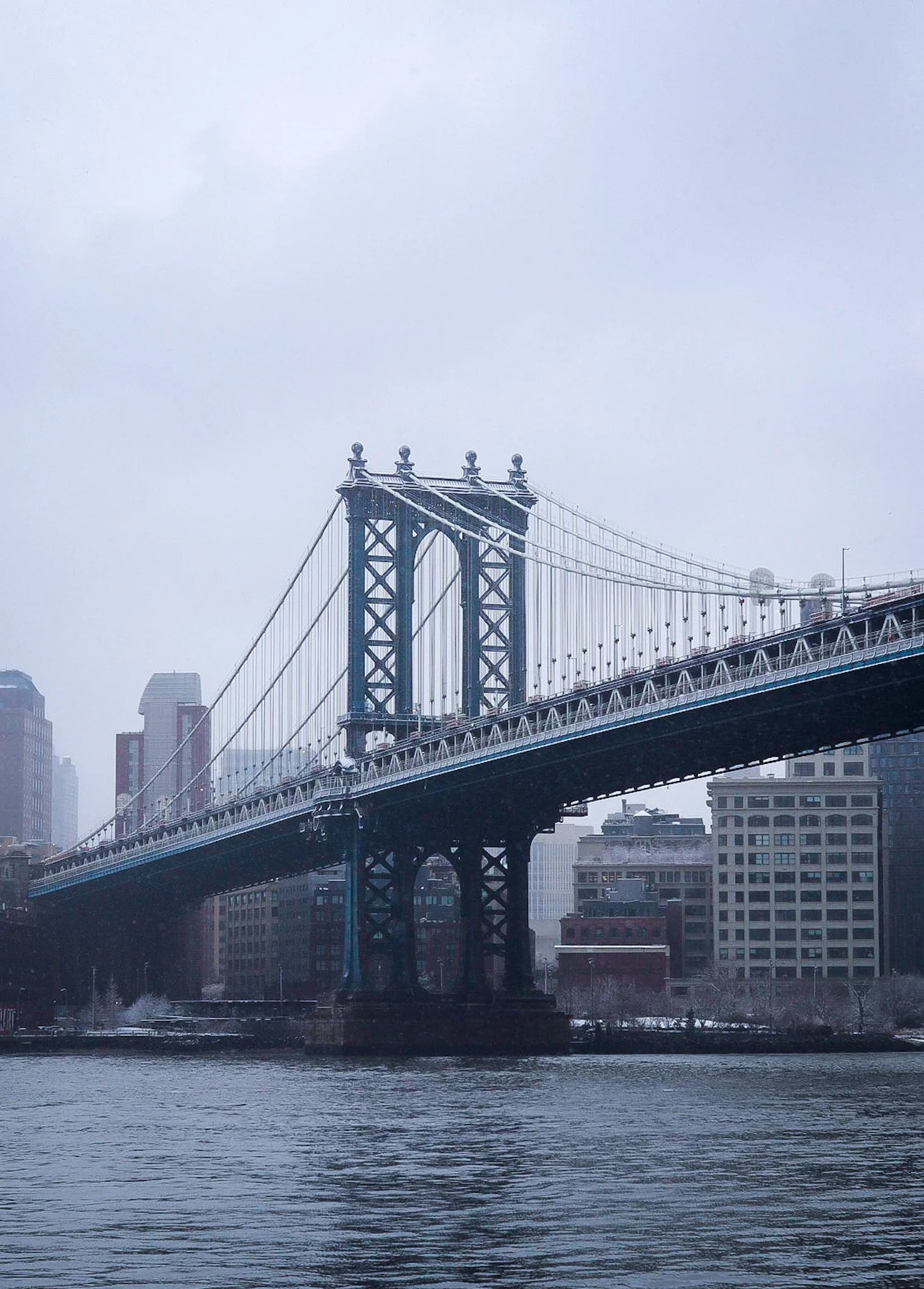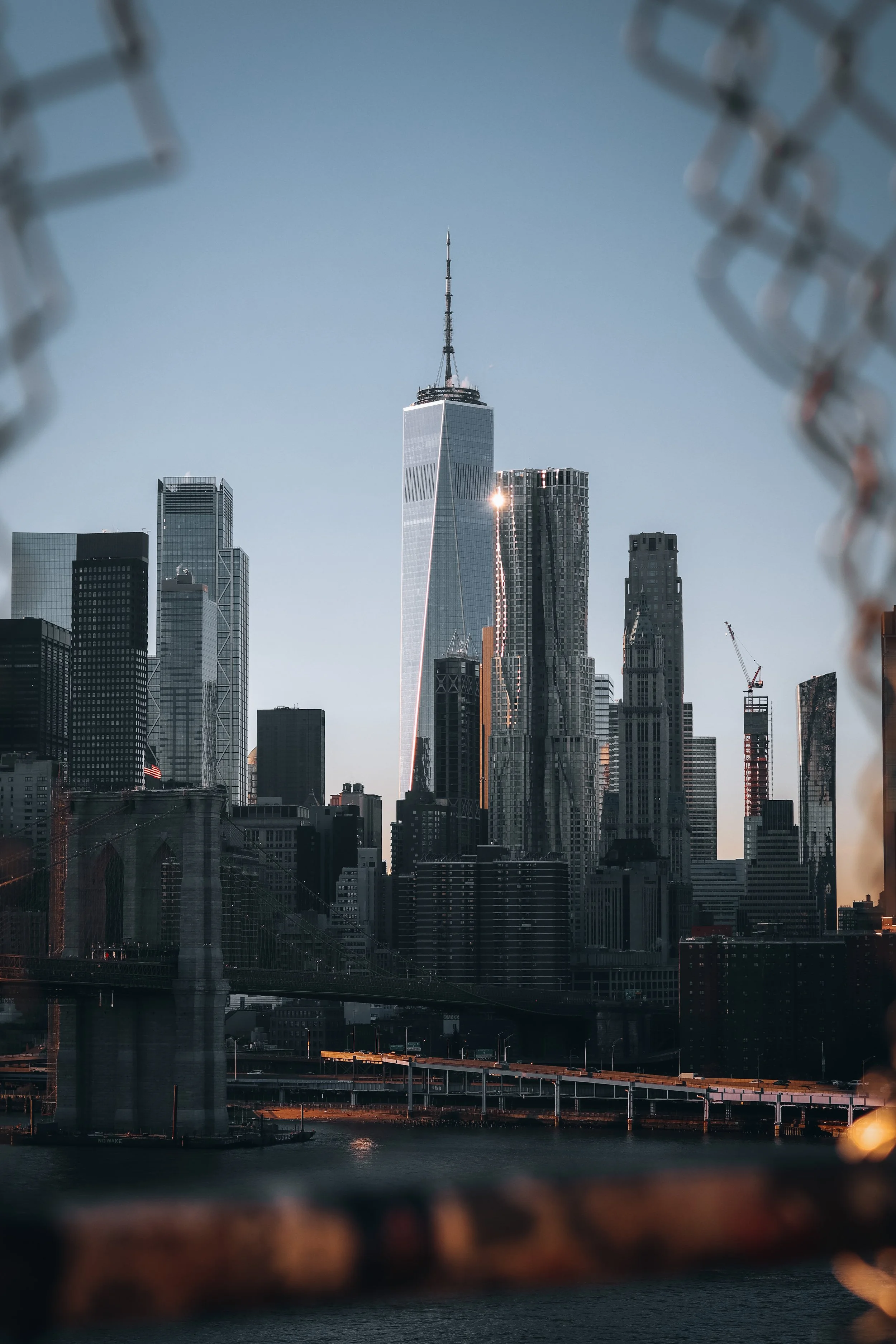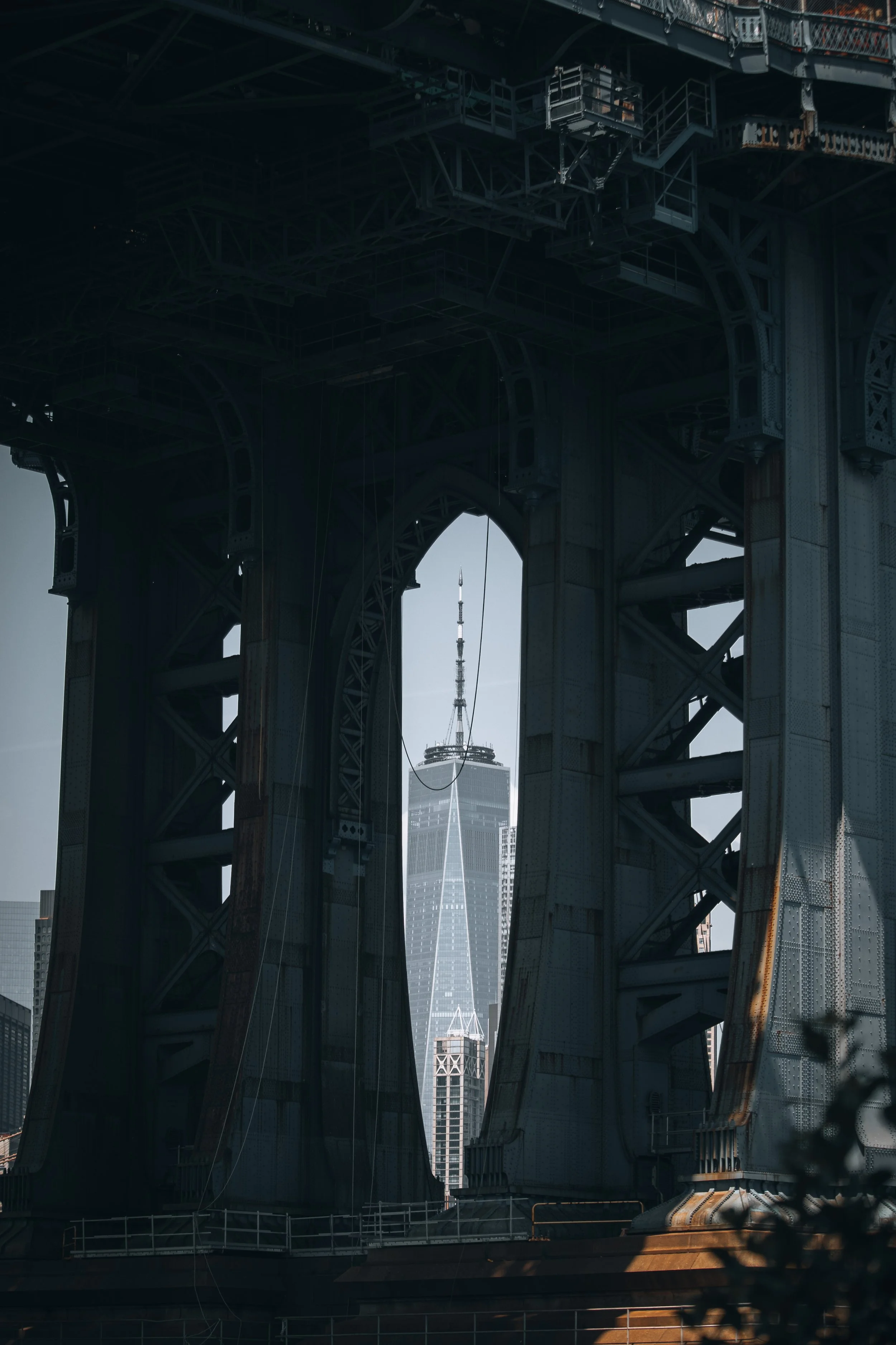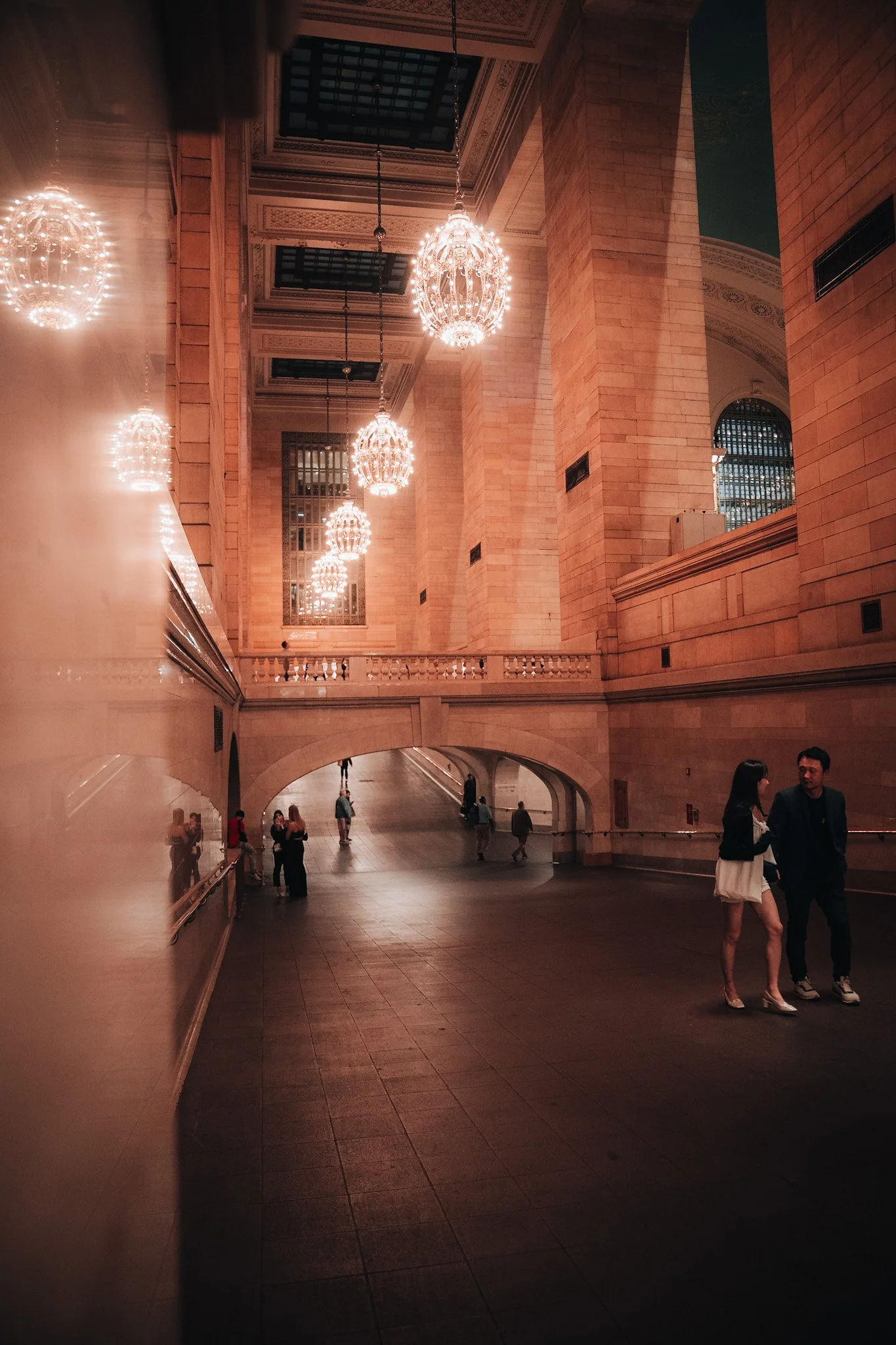5 SIMPLE Tips To Perfect Your Architectural Photography
Shot on the Sony A7III ~ Sony 20mm f/1.8 G’
Our modern day, image-obsessed culture has got us consuming a large quantity of architecture through photographs, as opposed to physical, spatial experiences. The advantages of architectural photography are great; it allows people to obtain a visual understanding of buildings they may never get the opportunity to visit in their lifetime, creating a valuable resource that allows us to expand our architectural vocabulary.
Architectural photography ‘lifts the building out of time, out of breath,’ and in this provides solace for architects who can dream for a moment that architecture is a stable power existing over and above the tides of time.
The following tips aim to not only improve the visual strength of your architectural photography, but also the stories that they can tell—going beyond the individual images in order to communicate buildings’ relationships with their contexts, space and time.
1. Shoot in a variety of weather conditions and times of day
Shot on the Canon M50 ~ Sigma 30mm f/1.4
People often tend to seek the most dramatic lighting to shoot architectural wonders, such as sunset hours when shadows are long and colors bright. Although this often results in very atmospheric images, it only really encapsulates the building’s atmosphere at one specific point in time. Shooting a series of images during different times of the day, or even in various weather conditions, can help to paint a fuller story of the building’s relationship with its environment.
2. Prioritize good lighting
Shot on Canon M50 ~ EF-M 22mm f/2
Regardless of when you are shooting photographs, good lighting should always be a priority. Great architectural lighting helps to emphasize a space, a specific structure or atmosphere, and thus plays a big role in shaping one’s understanding of what is important in that specific architectural project.
3. Look for a unique angle
Canon M50 ~ EF-S 55-250mm f/4-5.6
Playing with perspective is not only an entertaining thing to do, it can also be very rewarding. Taking time to find a different angle from which to photograph can expose an overlooked form or abstraction of a building’s detail that may give rise to another level of beauty and appreciation for its form.
4. Don’t be afraid to include people (architecture doesn’t exist without them)
Shot on the Sony A7III ~ Sony 20mm f/1.8 G’
Historically, there has been a trend not to include people in architectural photography, as if we somehow contaminate the pure, designed beauty. Fortunately, a number of high-profile architectural photographers are beginning to buck this trend. Architecture doesn’t and wouldn't exist without us—don’t shy away from recording our presence.
Till includes a humorous excerpt in his chapter “Out Of Time” where the picture editor of "The Everyday and Architecture" refuses to accept a cover image with a person in it, but is satisfied when that person is replaced with a bicycle instead. So Don’t be afraid to add a subject to tell more of the story.
5. Explore details as much as the whole
Shot on the Sony A7IV ~ 24-70mm f/2.8 GM
Although shooting with a wide-angle lens is usually the smartest thing to do when it comes to architectural photography, buildings contain hundreds of intricate little details that are lost when an entire facade or room is shot in one frame. Exploring details up close could reveal something new about the building’s history or construction, for example.
Conclusion
If you’re serious about getting started with high-quality architectural photography, investing in the right equipment is going to reap big rewards. A wide angle lens is most commonly used for photographing buildings and interior spaces and including a tripod will open up possibilities to shoot in low-light conditions, among other things. Using a polarizing filter can also help to add contrast and make your images more vivid. If you’re looking for something on the next level, a drone with a quality camera installed could be an exciting way to go.
Returning to the same place again and again will reveal new layers to the architecture that can be used to communicate the development, or perhaps the degeneration, of a building over time. Seeing a perfect photograph of a newly constructed building is of course beautiful and fascinating, but why not follow the architecture beyond that perfect first shot? Perhaps the real interesting aspects of the building are only exposed over time.
Reading up on the history and context of an architectural site before visiting is an indispensable resource that will, without a doubt, help you to focus your photography on a relevant story or idea that captures the essence of the building.

